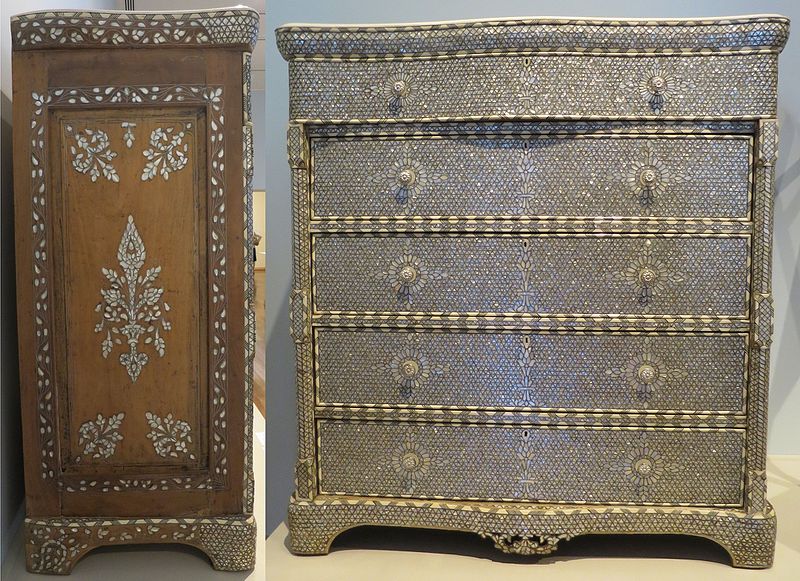As you might expect, we’ve moved plenty of dressers over the years. We’ve moved tall, skinny dressers that people like to use as a spot for a television. We’ve moved those short, fat dressers with mirrors that we need to detach. Those light particle-board dressers that are popular in dorm rooms? We moved those, too. And we’ve moved heavy oak dressers that have been family heirlooms for generations. We’ve even moved dressers whose surfaces are completely covered in reflective glass.
So you can take it from our top rated movers near me — there are plenty of different kinds of dressers. And we’ve seen them all.
But despite the differences between these big bureaus, they all have one thing in common. In order to move them safely, all drawers need to be empty. No exceptions.
We know it’s tempting. You look at your dresser and see a big, rectangular storage container. A dresser, much like a box, is for putting things into. So why, when moving, would you empty a dresser’s contents into five, six, even ten boxes? Just to empty the boxes again at your destination?

Empty Dressers Because They are Made to be Stationary
The answer is simple. Dressers, bureaus, desks, file cabinets, hutches, and other storage furniture exist to contain items in one place. That’s it. When we move a dresser down a set of stairs or lift it up into a moving truck, it’s not stationary. Whether the item was crafted by an expert 18th-century carpenter or slapped together in a factory, your dresser was made to stand upright with your belongings inside. Once we begin moving it, we’ll need to navigate tight turns and other obstacles, and so it may lean to one side or the other. Often we carry it completely on its side.
In this situation, any and all contents can slide against one another, causing damage to other contents or the dresser. Your belongings can even find little pockets of empty space between the tops of drawers and the spine of the dresser, slipping through them and onto the floor of the truck, never to be seen again.

But Do I Need to Empty Dressers of Clothes?
But what about clothes? Surely, light, unfragile clothes can stay inside furniture, right? Nope. It’s not how little or how much the contents of your dresser might weigh. The problem is that the weight of those contents is always pressing in one direction — towards the Earth. That’s perfectly fine when your bureau is standing strong and upright on all four legs in your bedroom. But the side panel of the dresser is not made to bear any weight at all. That’s why the dresser needs to be empty.
Well, okay, what if I just take out all the drawers with items in them? We strongly recommend against this for two reasons. First, drawers are not boxes, and they have open tops. So they don’t pack safely into a moving truck. And second, not all drawers are removable, and those that do come out are at a much higher risk of damage coming in and out than they would be just staying put. Remember, the item is made to be strong and stationary. With the drawers inside, and without any suddenly shifting weight, is when the item will be strongest and least likely to incur any damage.
So we always recommend emptying all contents of your furniture before a move. (It’s also a good way to take stock of what stuff you have hidden away — and if you want to keep that stuff or toss it — before spending the energy, time, and money of moving it.)
Our expert team offers household moves, apartment moves, in house moves, furniture delivery, office moves, pod loading, rental truck loading, college moves, and almost any other moving labor you can think of.
Featured Photo by Hiart [CC0], via Wikimedia Commons

